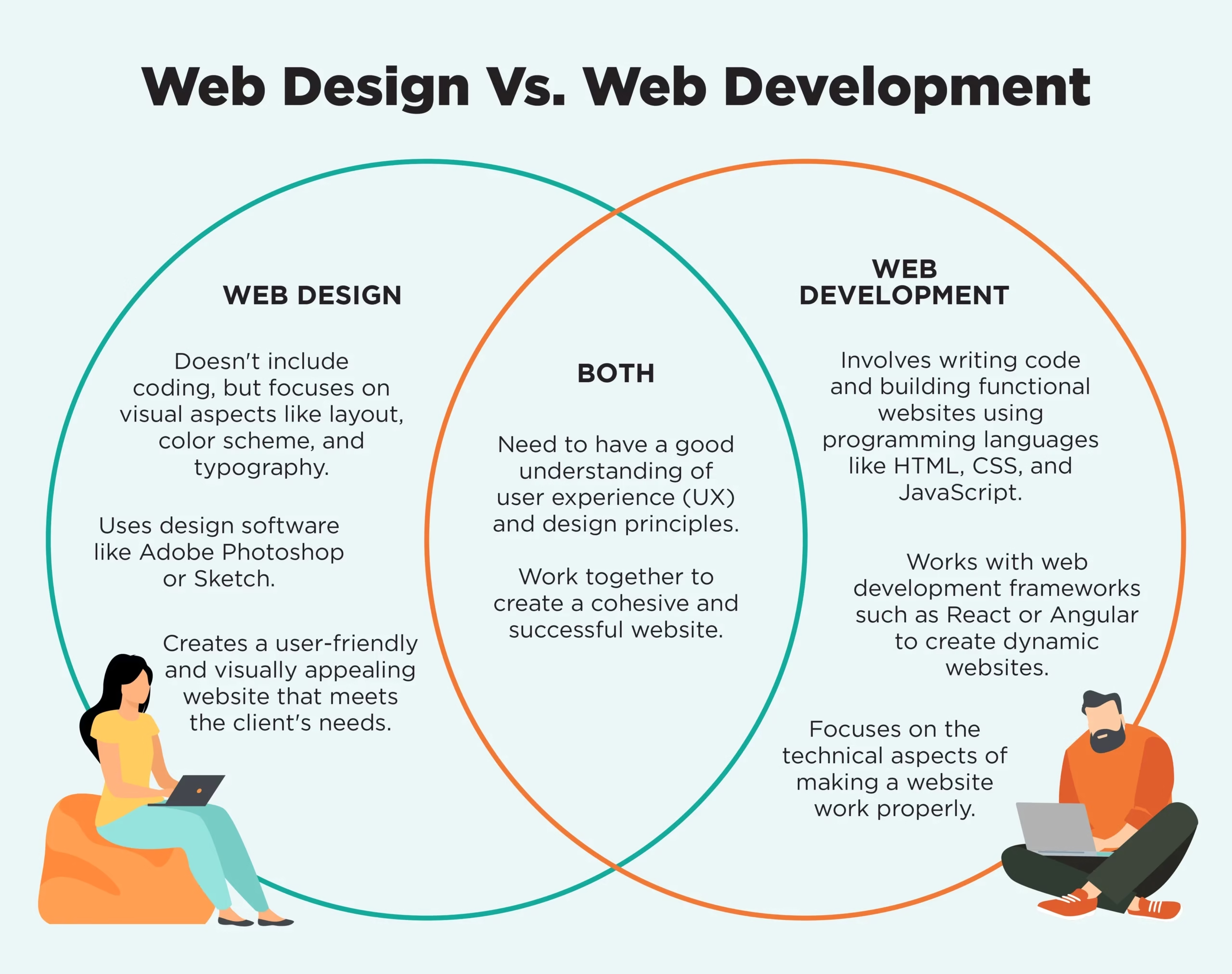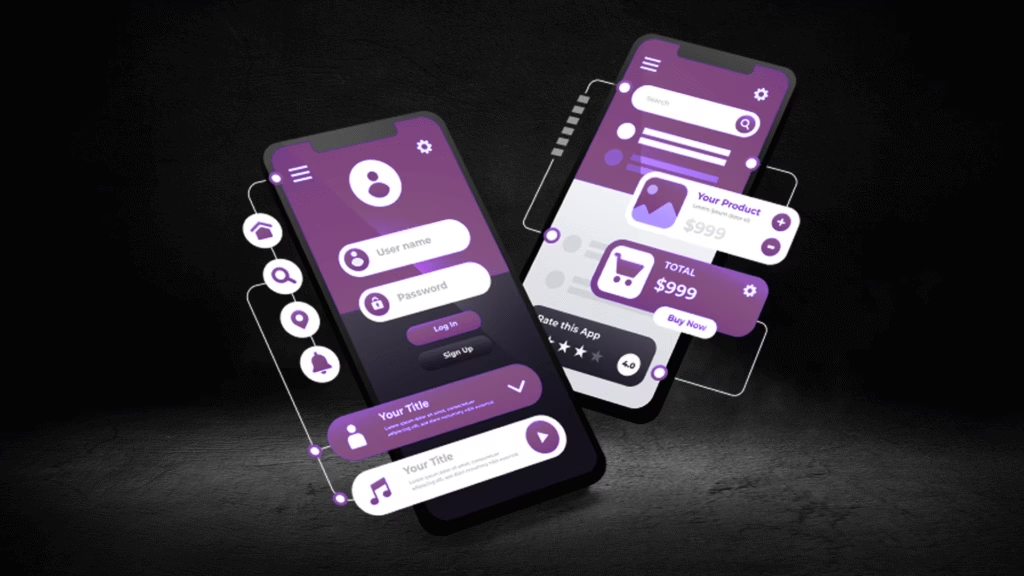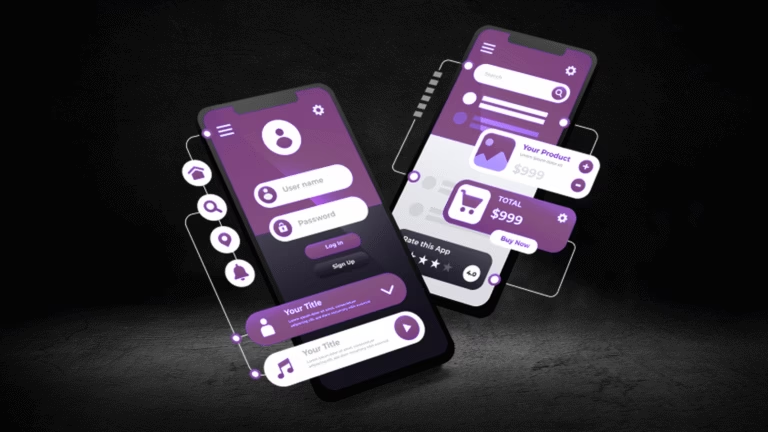In 2025, the digital landscape has continuously evolved, leading to distinct yet complementary roles within the realm of website creation and maintenance. This evolution has prompted a greater understanding of the functions of a website designer and a web developer. Each of these professionals plays a critical role in building a functional and visually appealing online presence, essential for businesses and individuals alike.
A website designer primarily focuses on the aesthetic aspects of a website. This role encompasses tasks such as designing the layout, selecting color schemes, and creating user interfaces that engage visitors. Website designers utilize various design tools and principles, ensuring that their creations align with modern trends and cater to user experience needs. Their expertise often includes proficiency in graphic design software, typography, and an understanding of color theory. With the influx of newer design technologies, website designers are also adapting to responsive design techniques that allow websites to function seamlessly across different devices.
Conversely, a web developer serves as the backbone of a website, transforming the designer’s aesthetic vision into a functioning digital product. This role encompasses a range of activities, from coding and scripting to database management. Web developers work with programming languages such as HTML, CSS, JavaScript, and frameworks like React or Angular to build user-friendly and efficient websites. They are also responsible for ensuring that the website runs smoothly, is secure, and integrates well with other systems or applications. As market demands increase, web developers are focusing more on full-stack development, which involves both front-end and back-end technologies, reflecting the need for versatile skill sets in 2025.
As technological innovations continue to shape the digital landscape, the roles of website designers and web developers are expected to adapt. Collaboration between these two professions is essential for creating cohesive digital experiences that not only attract visitors but also retain them through functionality and aesthetics.
Key Skills of a Website Designer
As we advance into 2025, the skill set required for a proficient website designer will become increasingly specialized. A fundamental competency lies in the mastery of design tools such as Adobe XD and Figma, which facilitate the creation of visually appealing and functional web interfaces. These tools empower website designers to craft prototypes and wireframes, essential for visualizing the user experience before any coding begins.
Understanding user experience (UX) principles is another crucial aspect for contemporary website designers. It extends beyond aesthetics, focusing on creating user-centric designs that enhance usability and accessibility. Designers must be adept at employing design thinking methodologies to solve complex problems, ensuring that personal preferences do not overshadow the needs of the end-user.
Knowledge of design fundamentals, including color theory and typography, is vital for achieving harmony and readability on a website. Website designers in 2025 must be able to select appropriate color schemes that evoke desired emotions and employ typographic choices that enhance the overall aesthetic while ensuring legibility across various devices.
Furthermore, familiarity with responsive design techniques is imperative. A website must function seamlessly on different screen sizes and devices, thus requiring designers to think critically about layouts and interface elements. The proliferation of mobile browsing underscores the necessity for designers to adopt a mobile-first approach, ensuring that websites deliver excellent user experiences regardless of the device used.
Finally, continuous learning is paramount for website designers. The digital landscape is dynamic, with design trends evolving rapidly. Creative problem-solving abilities and the willingness to adapt to new methodologies define successful website designers in 2025, ensuring that they remain relevant in an ever-changing field.

Key Skills of a Web Developer
As the digital landscape continues to evolve rapidly, the role of a web developer has become increasingly vital in 2025. To effectively create and manage websites, a modern web developer must possess a robust set of skills that encompass various programming languages, frameworks, and technologies. Proficiency in foundational programming languages such as HTML, CSS, and JavaScript remains essential, as these languages form the backbone of nearly every website. Additionally, familiarity with advanced languages like Python can significantly enhance a developer’s capabilities, allowing for more complex back-end system implementations.
Frameworks play a crucial role in modern web development. Knowledge of frameworks such as React and Angular is imperative, given their widespread usage in building dynamic user interfaces. Similarly, understanding server-side technologies like Node.js enables web developers to establish efficient communication between the server and user, thereby improving the website’s performance and responsiveness. This technical proficiency is complemented by a solid grasp of database management systems. Familiarity with databases such as MySQL or MongoDB is critical for developers to store, retrieve, and manage data effectively.
In addition to programming language knowledge, expertise in API integration is becoming increasingly important. APIs (Application Programming Interfaces) allow web developers to connect their applications with third-party services, thus expanding the functional capabilities of websites. Furthermore, a holistic understanding of web architecture, including how different components interact within a web application ecosystem, is essential for building scalable and robust websites.
Additionally, server management knowledge has become a key asset. A web developer should be well-versed in deployment processes, understanding of cloud services, and capable of handling issues related to server management. By developing a diverse skill set and staying updated with the latest technologies and best practices, a web developer can significantly contribute to the success of web projects in today’s competitive market.
Collaboration Between Designers and Developers
In the realm of creating efficient and visually appealing websites, the collaboration between website designers and web developers plays a pivotal role. This partnership is crucial, especially in diverse project environments where both aesthetics and functionality must seamlessly converge. The modern workflow often adopts methodologies like Agile and Scrum, which emphasize iterative development and collaboration across interdisciplinary teams. These approaches foster an agile environment that enables website designers and web developers to communicate effectively, ensuring that the design vision is not compromised during the implementation phase.
Effective communication is the cornerstone of a successful project outcome, as it minimizes misunderstandings and aligns the design with functionality requirements. Regular stand-up meetings and feedback sessions are integral in these frameworks, allowing both parties to stay aligned on deliverables and timelines. Website designers can provide insights into user experience and visual appeal, while web developers can highlight technical constraints and best practices related to code execution and site performance. This collaborative effort ultimately leads to a more cohesive product that meets user expectations.
The use of specialized tools further enhances this collaboration. Project management software aids in tracking progress, assigning tasks, and facilitating updates, making the workflow smoother for both website designers and web developers. Additionally, tools focused on version control ensure that all team members can access the latest iterations of designs and code, thereby reducing the risk of errors and misalignment. Collaborative design platforms also enable real-time feedback on visual elements, ensuring that both the design and technical aspects of the site evolve together. By leveraging these tools, designers and developers can create a synchronized workflow that enhances productivity and drives project success.
The Impact of Technology in 2025
As we move into 2025, the roles of the website designer and web developer are increasingly influenced by emerging technologies. Innovations such as artificial intelligence (AI), machine learning, and no-code platforms are reshaping the industry landscape, leading to transformative changes in how these professionals approach their work. Website designers are now leveraging AI-powered tools to streamline the design process and quickly generate layouts based on user preferences and behavior analytics. This automation not only enhances creativity but also improves efficiency, allowing designers to focus on crafting engaging user experiences.
On the other hand, web developers are benefiting from machine learning algorithms that help identify and resolve coding issues more proactively. With such tools, developers can anticipate user needs and deliver personalized web experiences. Moreover, the rise of no-code platforms is democratizing web development, enabling individuals with limited technical skills to build websites. As a result, traditional web developers are repositioning themselves, focusing on more complex projects that require in-depth coding proficiency and custom functionalities that no-code solutions cannot achieve.
The rapid advancement of these technologies necessitates a culture of continuous learning among both web developers and website designers. Professionals in these fields must stay abreast of the latest trends, tools, and processes that can enhance their work. The ability to adapt and integrate new technological advancements into their skill sets is crucial; it not only ensures their relevance in a competitive market but also empowers them to deliver superior results to clients. As emerging technologies continue to evolve, the parallel growth of both website designers and web developers will redefine collaborative efforts, ultimately leading to richer, more dynamic web experiences.
Career Paths and Job Market Trends
As the digital landscape continues to evolve, the demand for skilled website designers and web developers is projected to grow significantly in 2025. Both professions play crucial roles in creating functional and visually appealing websites, but their career paths and market trends differ considerably. Website designers primarily focus on the aesthetics and user experience of a site, while web developers are responsible for the technical functionality and implementation of designs.
In recent years, the demand for website design professionals has surged, fueled by an increasing emphasis on user-centric design and mobile responsiveness. Companies are regularly seeking innovative website designers who can enhance online presence, which contributes to a projected growth rate of approximately 13% from 2023 to 2030. Similarly, web developers are also in high demand as the need for robust digital platforms rises across businesses. The anticipated growth for web developer roles is expected to be even higher, with predictions suggesting around a 22% increase during the same period, highlighting the critical need for technical skills in programming and software development.
Salary expectations for both career paths are also favorable. Website designers can expect to earn a median salary of around $65,000 to $85,000 annually, depending on experience and location. On the other hand, web developers tend to have higher starting salaries, averaging between $70,000 and $100,000 per year, which reflects the technical nature of their work. As organizations increasingly adopt advanced technologies such as artificial intelligence and interactive design, both positions will likely see a shift, incorporating new responsibilities that emphasize collaboration between design and development.
The post-pandemic landscape has also seen a notable rise in remote work opportunities and freelance projects, allowing both website designers and web developers to broaden their career choices and work flexibility. This shift grants professionals the ability to manage their workload independently and explore diverse projects across various industries, ultimately enriching their experience and versatility in the job market.
Common Misconceptions
In the realm of web design and development, numerous misconceptions persist that cloud the understanding of these two distinct roles. One prevalent misunderstanding is the belief that a website designer operates solely within the confines of aesthetics and user experience, devoid of any technical acumen. Although the primary focus of a website designer is on visual appeal and functional layout, many designers possess a thorough understanding of coding languages and design software that assists in creating responsive sites. This integration of skills allows designers to work more collaboratively with web developers, thereby streamlining the development process.
Conversely, the notion that web developers lack creativity is another common misconception. Many individuals associate development strictly with technical skills, overlooking the creative aspects that developers must engage with when building a functional site. A web developer frequently collaborates with designers to ensure that the final product aligns with the intended vision and serves the objectives of the business. Moreover, developers must utilize problem-solving skills to innovate and create features that enhance user interaction, which demands a significant level of creativity.
Another misunderstanding is the belief that website designers and web developers are interchangeable. While there is some overlap in skills, particularly with the rise of full-stack development, each role has its own unique focus and set of responsibilities. For instance, a web developer may specialize in back-end programming, ensuring that the server-side functions operate seamlessly, while a designer concentrates on aesthetics and user engagement strategies on the front-end. Recognizing these distinctions is crucial, as it enables both clients and professionals to appreciate the specific contributions each role makes to the creation of a successful website.
Future Trends in Web Design and Development
The evolving landscape of technology is set to profoundly influence the roles of website designers and web developers by 2025 and beyond. One of the most significant projections is the integration of Virtual Reality (VR) and Augmented Reality (AR) in web experiences. As these technologies become more mainstream, website designers will need to acquire new skills to create immersive environments that offer seamless user experiences. This shift will encourage designers to think beyond traditional layouts and towards interactive, three-dimensional spaces that engage users more effectively.
Moreover, the push for enhanced web accessibility will play a crucial role in shaping the responsibilities of web developers. As internet accessibility standards continue to evolve, developers must prioritize inclusive design practices. This will involve implementing features that allow individuals with disabilities to navigate websites effortlessly. The emphasis on accessibility not only ensures compliance with regulations but also broadens the audience reach, helping businesses develop a more comprehensive digital presence.
Furthermore, artificial intelligence (AI) is anticipated to revolutionize web design and development processes. Through the use of AI-driven tools, website designers may leverage automation for routine tasks, allowing them to focus more on creative aspects. Meanwhile, web developers will likely utilize AI to optimize code and enhance website performance. This technological synergy between design and development will necessitate a collaborative approach, where both roles work closely to implement innovative solutions that benefit users.
In conclusion, the future of website design and web development is poised for significant transformation. As technologies like VR, AR, and AI become integrated into everyday web practices, the skill sets and responsibilities of designers and developers will undoubtedly evolve, making adaptability and continuous learning essential for success in the industry.
Conclusion: Choosing the Right Path
As we navigate the digital landscape in 2025, it becomes increasingly important to differentiate between the roles of a website designer and a web developer. Both professions play critical roles in creating and maintaining websites, yet their areas of expertise and skill sets diverge significantly. A website designer primarily focuses on the aesthetic and user experience aspects of a site. Their work involves crafting visually appealing layouts, selecting color schemes, and ensuring that the website is user-friendly and accessible. In contrast, a web developer is responsible for the functionality of the site. This involves writing code, developing back-end infrastructure, and integrating various elements to ensure smooth performance.
The choice between pursuing a career as a website designer or a web developer largely depends on individual interests and strengths. Those with a creative flair and a passion for graphics and design may find fulfillment in website design. On the other hand, individuals who prefer analytical thinking and problem-solving may gravitate towards web development. Both paths offer ample opportunities in an increasingly digital-first world, where businesses require an online presence to thrive and engage their audience effectively.
Furthermore, understanding these distinct roles enhances collaboration between designers and developers, which is crucial for successful project execution. In a climate where technology and aesthetics must work in harmony, recognizing the unique contributions of each profession can lead to better, more effective web solutions. As technology continues to evolve, both website designers and web developers will be vital in shaping the future of digital experiences. Thus, for individuals considering a career in either field, evaluating personal inclinations alongside market demands is essential in making an informed decision.








